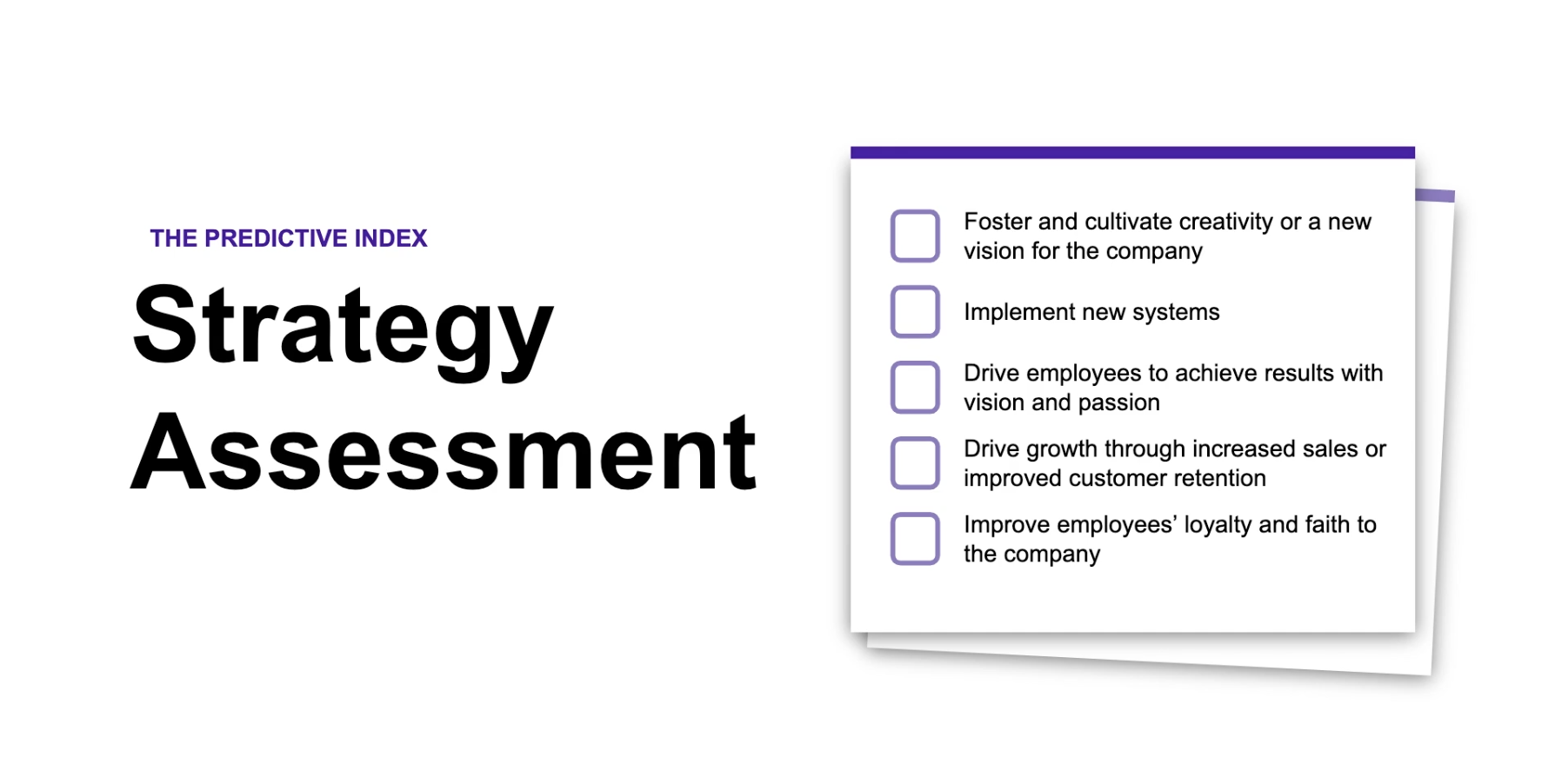I have the opportunity to buy used companies with other people’s money.
My business partner Daniel and I met at Harvard Business School. We ran into this model called The Search Fund where you:
- Wrangle a bunch of high-net-worth individuals to fund you
- Look for a company to buy
- Insert yourself as senior management and run the company
It’s sort of like entrepreneurship for people without good ideas!
Today, I’d like to tell you a story to illustrate how important it is for HR to ask the C-Suite difficult questions. As you’ll see, CEOs might have all the business acumen in the world—but that doesn’t mean they understand people.
And herein lies HR’s opportunity to get a seat at the strategic table. After all, no one knows people better than you.
What Harvard didn’t teach me in business school
The first company Daniel and I purchased in 2004 was called Law Enforcement Development Company (LEDCO). They made a lot of the hardware inside a cop car.
We had the strategic acumen coming from Harvard Business School to know what to do with the company after we purchased it. We had the financial acumen to know what to pay for it. We also had the network to convince investors to back us.
But we didn’t have the people acumen.
Business school didn’t teach us anything about leadership. And the things they taught us about management were rote—and not people-centric.
After two years of ownership, only four of the 45 people on the original team made it. That’s because the people who were assembled to execute the previous owner’s strategy weren’t the people we needed to run a much more aggressive strategy.
We were completely unprepared to retool this team.
2 questions HR should ask the C-Suite
After we sold LEDCO, Daniel and I realized every CEO faces the same issue we did. Most CEOs have a business strategy and a financial plan. But tragically few have a talent strategy that underpins the whole thing. And that’s where you come in.
Have the courage to walk up to your CEO and ask them the following questions:
1. Is our senior team aligned on strategy?
With this question, you’re not just asking the C-Suite to get in a room and say, “Hey, what’s our strategy?” You’re sending out the PI Strategy Assessment to every senior leader. They complete the assessment independently, and it takes less than five minutes most times.
They’ll see a list of 20 strategic items and choose all they think the company should pursue.

When you get the results back, you can identify areas where the team has a high degree of alignment (everyone thinks we should be doing this thing/nobody thinks we should be doing this thing).
But where you want to spend time is in the “yellow” area where there’s partial alignment. Execs need to determine, is this a corporate strategy or is this a departmental initiative? It takes time, but this is where the real value is created—when you make sure you truly have alignment on the five, six, seven key initiatives that are so important to your company’s strategy.
2. Is our team well-positioned to execute that strategy?
The back half of the PI Strategy Assessment lets you see whether the senior team is behaviorally well-positioned to execute your agreed-upon strategic goals.
Before I can explain how this works, you need to understand the four strategy quadrants, which were inspired by the Competing Values Framework. All business strategies can be distilled down into one of these four types.

Let’s pretend your senior team went through the first part of the PI Strategy Assessment and there was a high degree of alignment around four strategic items. All four correspond to the Exploring quadrant, which is all about innovation and agility. Ideally, the majority of your senior team will be a behavioral match to that strategy type. They’d be big-picture thinkers who aren’t afraid to take risks. They’d be driven to totally break the business model that came before them.
Meanwhile, if you’re a hospital that’s focused on a Stabilizing strategy, you wouldn’t want that same senior leadership team. That’s because you’re focused on process and precision. You need to keep patients safe. The last thing you want is leaders who want to break everything and take big risks.
Use the PI software to open up discussions and find solutions to questions like:
- What if we have a bi-modal strategy?
- What if we have a heterogeneous team?
- How do we work better together?
- How do we modify ourselves to improve our interactions?
Have the courage to make a real difference.
Have the courage to walk up to your CEO—or another member of the senior team—and ask them these provocative yet compelling questions. You’re going to get them to say, “Hmm, yes. I would like to know the answers to these questions.”
And with talent optimization in your back pocket, you have a way to deliver on them.








